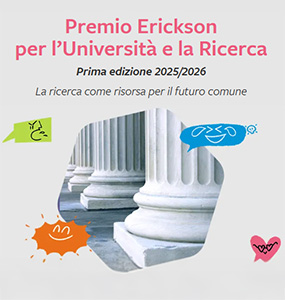Can innovation and inclusion co-exist?
Matteo di Pietrantonio, Patrizia Sandri
This exploratory research, has as a starting point the international debate, developed at the end of the last century, on the necessity of bringing innovation into the educational system both from a perspective of lifelong-learning and to favour the acquisition of 21st Century competences. Recommendations call for schools intended as Civic-centers able to recognise extra-school learning, and with innovative learning spaces designed for learner-centred didactics. Thirty years on from the Salamanca Declaration we ask the question of if these innovations guarantee inclusion and educational achievement for all. This research is articulated through the presentation of four case studies: two innovative high schools in Italy, and two in Finland. It intends to understand, through collecting the perceptions of the students, teachers, and principals, if these school models also favour the inclusion and well-being of all the students. Based on the analysis of the results it appears that, according the the perceptions of the research participants, the schools have achieved the co-existence of both innovation and inclusion. In particular the use of innovative learning spaces and learner-centred didactic, in a school that is also open to the territory/community and able to recognise extra-school skills, appear to favour the inclusion of all students. Innovative aspects notwithstanding, there nevertheless remain certain critical issues that do not allow the achievement of full inclusion for all.
Keywords
Inclusion, Innovation, Non-formal education, Innovative learning spaces, Learner-centred.


